Sanders Institute Offers a Fix for Our Abysmal Voter Turnouts
Open primaries, early voting and automatic voter registration are key steps that states can take, according to the progressive think tank co-founded by Jane Sanders, the wife of Sen. Bernie Sanders.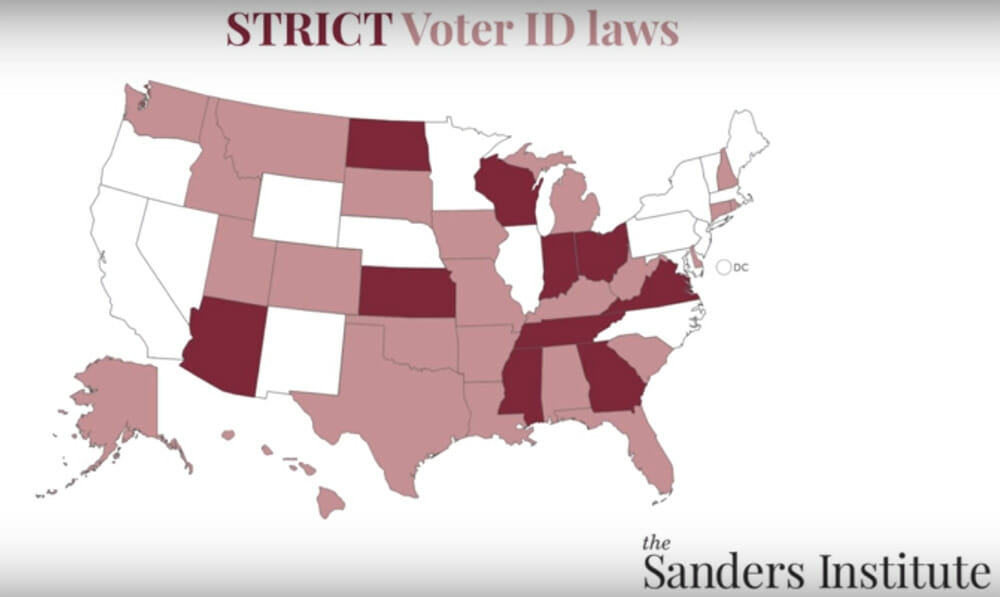 The shaded areas on this map show which states have some form of voter ID law. Those shaded darker have the strictest identification requirements. (Screenshot / The Sanders Institute)
The shaded areas on this map show which states have some form of voter ID law. Those shaded darker have the strictest identification requirements. (Screenshot / The Sanders Institute)
America has frequently found itself in deadly, expensive wars, all under the cover of promoting “democracy.” But perhaps that goal would be better served in our own backyard, especially after one looks at U.S. voting records, and the fact that just 55.7 percent of Americans eligible to vote did so in the 2016 election.
In a May blog post, The Sanders Institute, a progressive think tank co-founded by Jane Sanders, the wife of Sen. Bernie Sanders, examines why these numbers are so low, and what we can do to solve this issue.
As the institute explains, “The fact that our Senators, Representatives, and even President are selected by a small portion of our population, contrasts sharply with our democratic ideals. Ultimately, our system fails to encourage full voter participation.”
The numbers from the 2016 election are not an anomaly. As the institute points out, “During off-years the voter turnout is much lower. In 2014, turnout in the United States was 36.4%.”
The Electoral College, in which some states’ votes are weighted higher than others, received a lot of media attention following the 2000 and 2016 elections, when George W. Bush and Donald Trump became president by winning the Electoral College but not the popular vote. Even the famously conservative National Review, on May 14, published an article titled “The Electoral College Favors Republicans.”
On the other side of the aisle, David Faris, an associate professor of political science at Roosevelt University and the author of “It’s Time to Fight Dirty: How Democrats Can Build a Lasting Majority in American Politics,” noted in The Daily Beast: “American democracy has misfired by hewing to institutions and procedures cooked up over candlelight a hundred years before the invention of the internal combustion engine.”
The Sanders Institute cites the Electoral College as one reason for the country’s dismal turnout, but it also gives much-needed space to several lesser-known, often insidious, reasons why, in what is supposed to be a democracy, so few Americans feel welcome to—or are able to—vote.
● There’s the prevalence of closed primaries, which ban unaffiliated voters from voting in any party’s primary. This is a particularly critical issue in a country where, as noted by the Sanders Institute, “According to Gallup, a little under half (46%) of Americans do not identify with a political party. Only a quarter (25%) identify as Republican, and 27% identify as Democrat. This means voters are either forced to choose between a political party they may not fully identify with or they are barred from participating in many state primary elections.”
● Harsh voter ID laws effectively disenfranchise large populations. As the institute points out, “While for some, having an ID is a normal part of life, more than 21 million Americans do not have government-issued photo identification.” If those Americans live in one of 10 states with strict, narrow voter ID laws, they are effectively disenfranchised.
● Banning felons from voting is another insidious form of disenfranchisement. A total of 6.1 million Americans are barred from voting due to prior felony convictions. There’s an extra level of racism here, as, according to the Sanders Institute, “this disenfranchisement disproportionately affects African-Americans.” According to The Sentencing Project, “1 of every 13 African Americans has lost their voting rights due to felony disenfranchisement laws, vs. 1 in every 56 non-black voters.”
Separating voter registration from voting is especially confusing. The Sanders Institute says, “In the United States, at the age of 18 every American male is automatically sent a letter telling him he could potentially be called for the draft. In contrast, not a single American is automatically registered to vote in the same way.”
Additionally, each state has different rules about how and when to register, whether it can be done in person or by mail, what kinds of information people are required to bring with them and whether they are allowed to both register to vote and vote on the same day.
Early voting and automatic voter registration (AVR) are two steps that states can take to alleviate some of these barriers. In 2017, researchers Sean McElwee, Brian Schaffner and Jesse Rhodes examined Oregon’s adoption of both steps and their effect on voter turnout. As they wrote of AVR in The Nation:
In 2016, 288,516 people registered to vote for the first time in Oregon. Of individuals registering for the first time, 186,050—or 66 percent—were registered via the AVR program. An additional 35,000 Oregon residents whose registration had lapsed were re-registered through AVR. Given these figures, it is not unreasonable to conclude that without AVR, 220,000 fewer citizens likely would have had the opportunity to vote in the 2016 elections.
AVR, working in tandem with early voting and Oregon’s option to vote by mail, increased not only registration but turnout. The Nation continues:
Turnout in Oregon increased more between 2012 and 2016 than in any other state. Overall voter turnout in the state reached 68 percent in the 2016 presidential election, up from 64 percent during the 2012 non-AVR election period. Nationally, voter turnout increased by only 1.6 points.
Not every state is Oregon, of course, but these two steps, in addition to striking down voter ID laws and allowing felons to vote (or, as New York state has done, allowing felons on parole to vote), would go a long way toward raising America’s abysmally low voter turnout.
Your support matters…Independent journalism is under threat and overshadowed by heavily funded mainstream media.
You can help level the playing field. Become a member.
Your tax-deductible contribution keeps us digging beneath the headlines to give you thought-provoking, investigative reporting and analysis that unearths what's really happening- without compromise.
Give today to support our courageous, independent journalists.

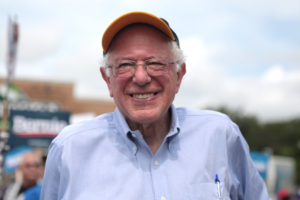

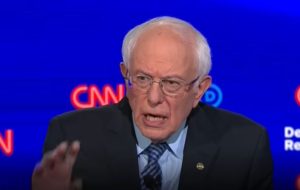

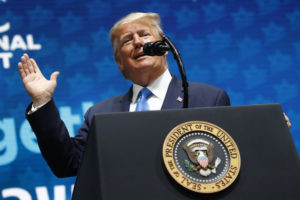
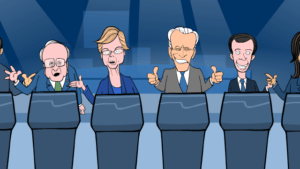


You need to be a supporter to comment.
There are currently no responses to this article.
Be the first to respond.